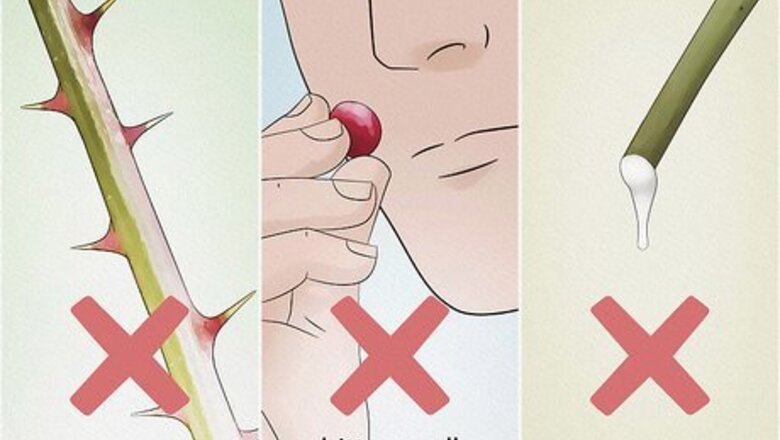
views
Smart Identification Practices

Stay away from berries on plants with spines, bitter smells, or milky sap. In general, the following plants are not safe for humans to eat, including the berries. You should check for: Milky or odd-colored saps. Berries or nuts in pods and bulbs Bitter or soapy taste Spines or small pointy hairs Pink, purple, or black spurs. Three-leaved growth pattern (like poison ivy)

When in any doubt, do not eat wild berries! At the end of the day, there are very few circumstances where the minuscule amount of calories in berries are worth the risk of getting sick. Even in a survival scenario, it is not worth the risk. Diarrhea, vomiting, and nausea all strip you of vital fluids and sugars, putting you in far more danger than you would have been without the small bit of food. Just because you see an animal eat a berry does not mean they are safe for humans, this is especially tempting if the animal is a mammal. The following advice is meant to give you guidelines, not hard rules. Never eat a berry you can't identify.
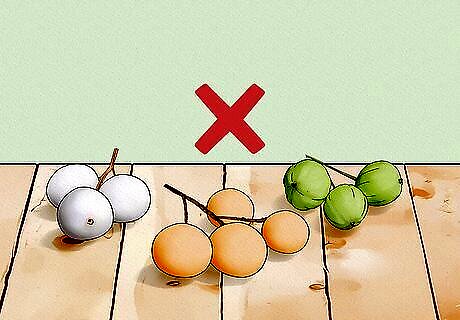
Stay away from white, yellow, and green berries. In most cases (some botanists guess as high as 90%), these three colors indicate poisonous berries. While a knowledgeable camper might be able to name or find some exceptions, the best rule is to avoid all white, yellow, and green unless you're sure it is safe. Red berries are roughly 50% safe to eat, so some basic testing may show you what is safe and what isn't. If they are in clusters -- usually bad. Solo berries -- usually okay. In general, blue, black, and aggregated berries (ie. raspberries, blackberries, etc.) are safe to eat. There are, however, some exceptions (Pokeberry, with its bright pink stalk and dark berries, is very toxic).
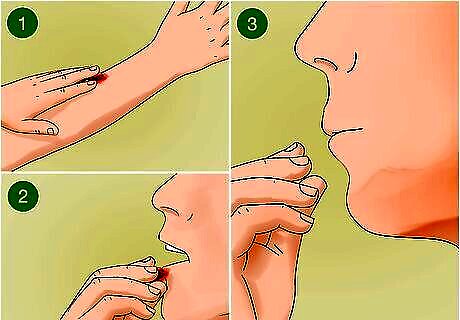
Smash the berries to test the juice on your forearm, lips, and tongue. A good way to check berries in a pinch is to see if the juices cause any irritation. First, crush the berry on your arm, waiting five minutes or so to see if you get irritated. Then repeat the process on your lips and gums. Finally, chew a berry for 10-15 minutes, but don't swallow it. If none of this causes irritation, move on to the next step. Only test one berry at a time. These tests are useless if you can't tell which of the two berries is causing the problem.

Eat 1-2 berries and wait 20 minutes if you absolutely must get something to eat. If you're in serious doubt, it is best to move on. But if you need the berries for survival, you should eat slowly, seeing how your body reacts. Within 20 minutes you should see symptoms if you're going to get sick. Even if you're fine after 20 minutes, keep eating slowly. Pace the berries out over a long time to prevent any toxins from gathering and give you time to adjust or note problems. If the berry tastes terrible, then this is a good indicator that it may be poisonous.
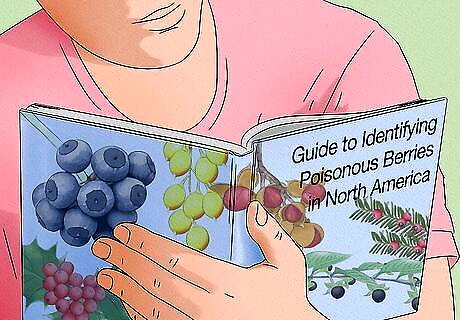
Always look up or carry plant identification information when going to new environments. There are not a lot of hard and fast rules about berries because there is such a large variety. If you are going on a hike or an expedition, carry a book with the names, pictures, and descriptions of berries. This way you’ll know which berry you are looking at.
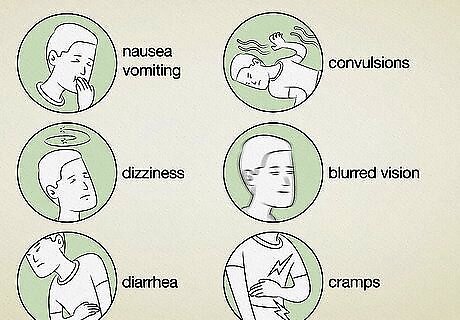
Know the symptoms of berry poisoning. You will likely experience intense digestive disturbance and nervous symptoms. In general, if the following symptoms appear within a few hours of eating the berries, see a doctor immediately: Nausea Vomiting Dizziness Diarrhea Convulsions Blurred vision Cramps

Avoid any areas sprayed with herbicide, pesticides, or other chemicals. Otherwise fine berries can turn toxic in an instant if covered in chemicals. Smell the berries beforehand, and steer clear of areas near farms, homesteads, or large gardens to be safe. If you know a berry is safe, but are worried about pesticides, you can still rinse the berries off in clean water and eat them safely. Chemical poisoning will often bring the same symptoms as poisonous berries.
Recognizing Common Poisonous Berries
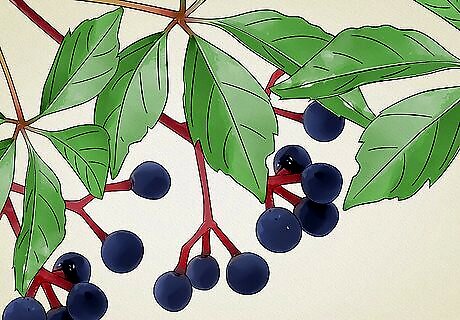
Stay away from dark blue Virginia creepers. They have five-fingered leaves, grow tall, and are popular as a wall creeper. The berries are dark and blue. They are sometimes confused with the three-fingered poison ivy.
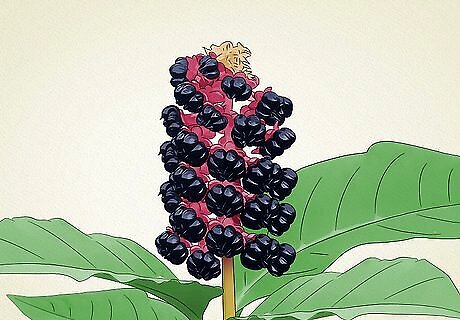
Note the dark purple, flat berries of the Pokeweed. The plant is also called poke, inkberry or garget. This is a tall and bushy plant. The flowers grow in long, bright pink clusters and the berries resemble dark blueberries. They look very, very appetizing. They are not.
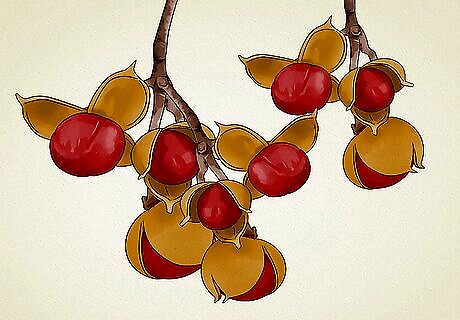
Avoid the orange-yellow, encapsulated Bittersweet berries. This plant is easy to identify. Its berry is enclosed by an orange-yellow capsule. Make sure you do not eat them. Image of Bittersweets
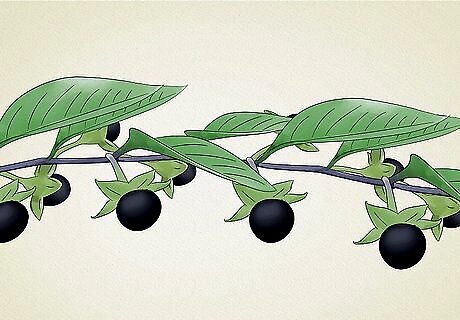
Steer clear of Deadly Nightshade, also known as belladonna, or jimsonweed. Many other plants in the nightshade (Solanaceae) family, such as potatoes, are not deadly. Deadly nightshade flowers are white or purple and are star shaped. They are mostly found in warm regions, such as in tropical America. They are mostly found as creepers. All parts, especially the unripened berry is poisonous. There are serious and often deadly symptoms after consumption.
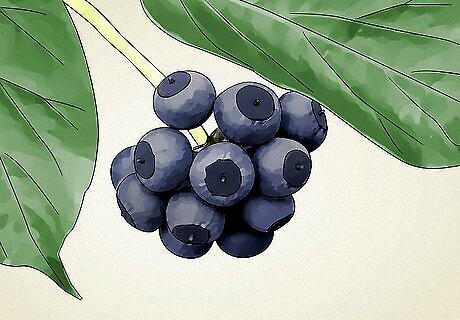
Never eat Ivy berries of any variety. They are green creepers, commonly climbing up trees or hanging low to the ground. They have dark green, waxy leaves. They also called English ivy, Japanese ivy, etc. They are native to Europe and temperate Asia. The berries are poisonous and are white when ripe. The berries are usually very bitter, making you unlikely to like them anyway.
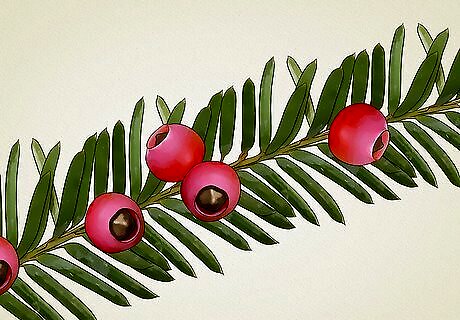
Stick away from Yew leaves and berries. The foliage is more toxic than the berries. Death is usually sudden without any symptoms. The berries are fleshy in appearance and bright scarlet. They have a cup-like depression at the base. The berry itself is not dangerous, but you should still avoid yew at all cost. The seeds can cause instant death.
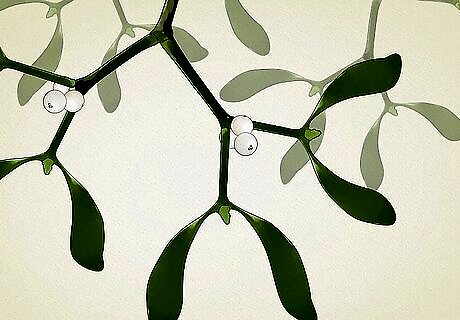
Kiss under Mistletoe but stay away from the berries. This plant grows and survives on other plants. This parasitic plant has yellowish flowers, small, yellow- green leaves, and waxy, white berries. It has not been established if these berries are harmful to humans or not at all points of the life cycle, but it is best to avoid them always to be safe.
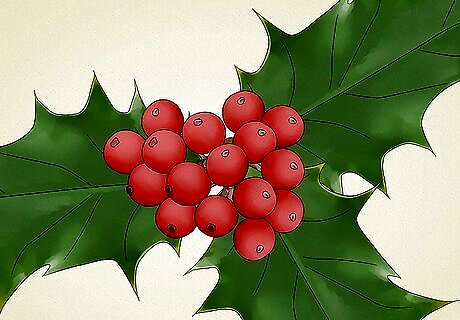
Stay away from Holly. The Christmas bush has pointy, waxy leaves and bright-red berry clusters. One or two might not cause issues, but 15-20 can be fatal.

Don't eat Dogwood berries. Found in the eastern US in fall and winter, these dark red berries (with small, brown tips at the end), usually come in small clusters. The leaves are broad and rounded. While not deadly, you won't be having fun for the next few hours.
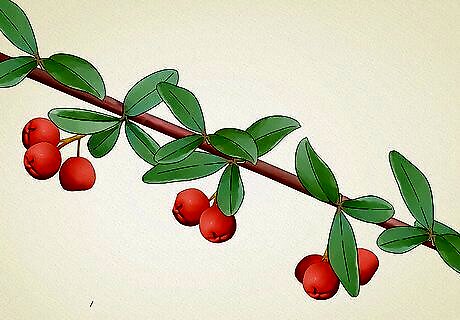
Stay away from Cotoneaster's big red berry bushels. This evergreen plant has long branches that often point up. They are often so heavy in bright-red, round berries that the branches are hidden. They resemble small, upside-down tomatoes, complete with little brown "leaves" at the end of the berry.
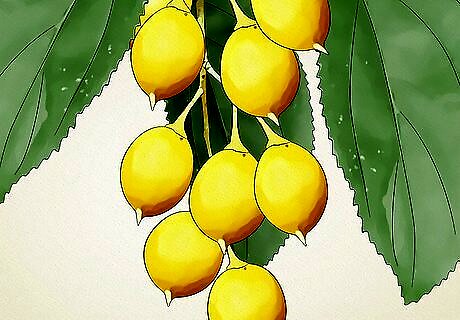
Pass on the yellow-orange American Bittersweet. Resembling little lemons mixed with grapes, the yellow berries come in big bunches. They have a little yellow tail at the end of them. American Bittersweet is common in the mid-Atlantic region of the US.











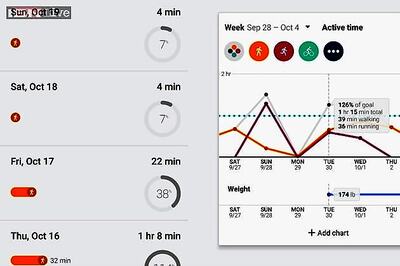








Comments
0 comment